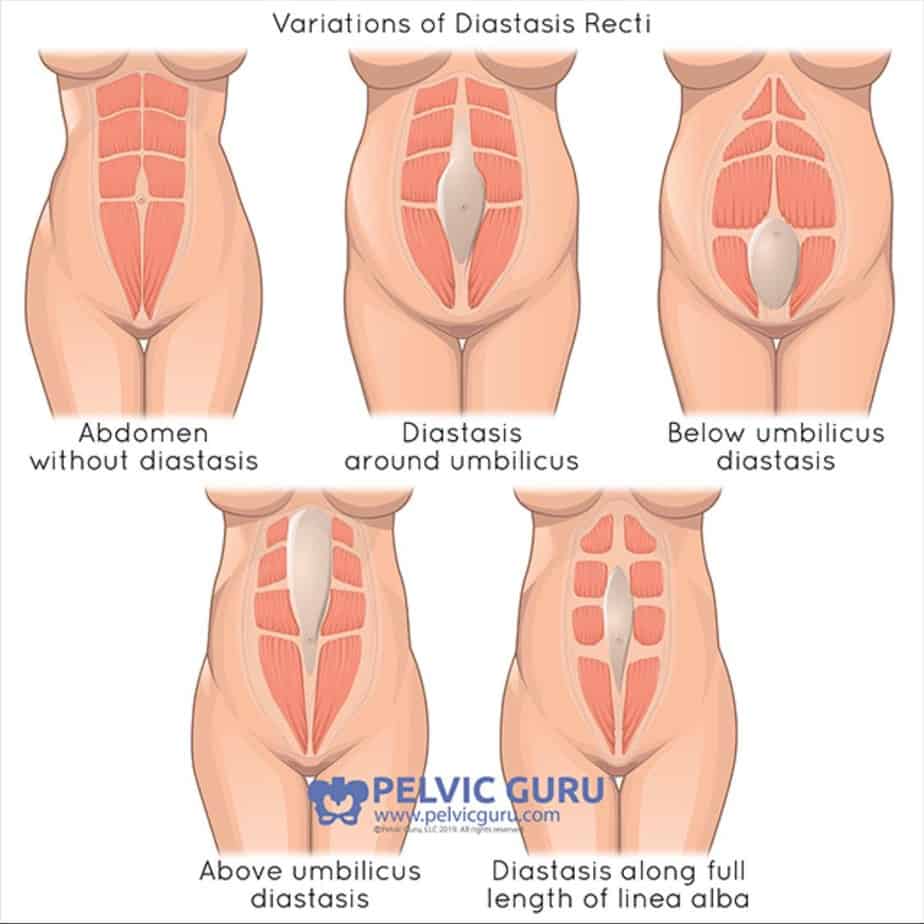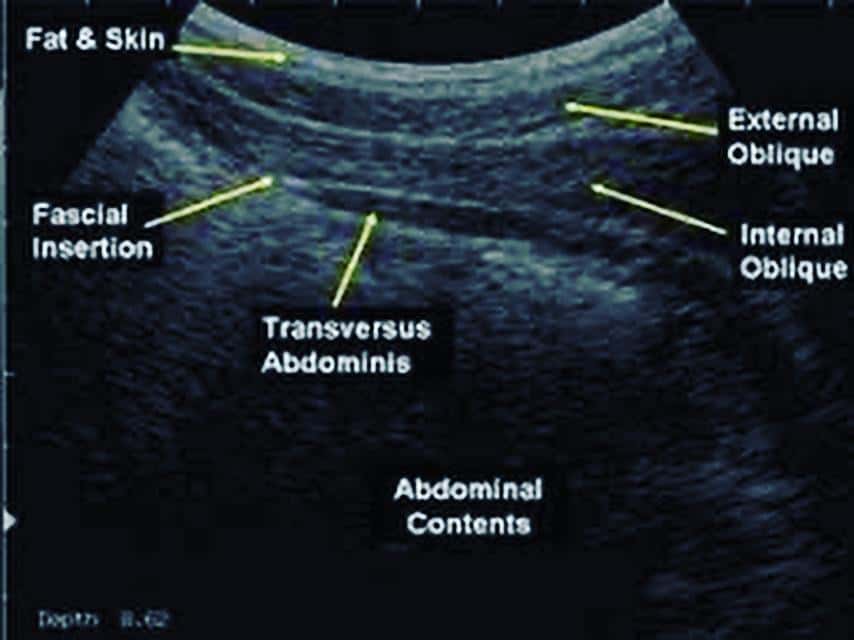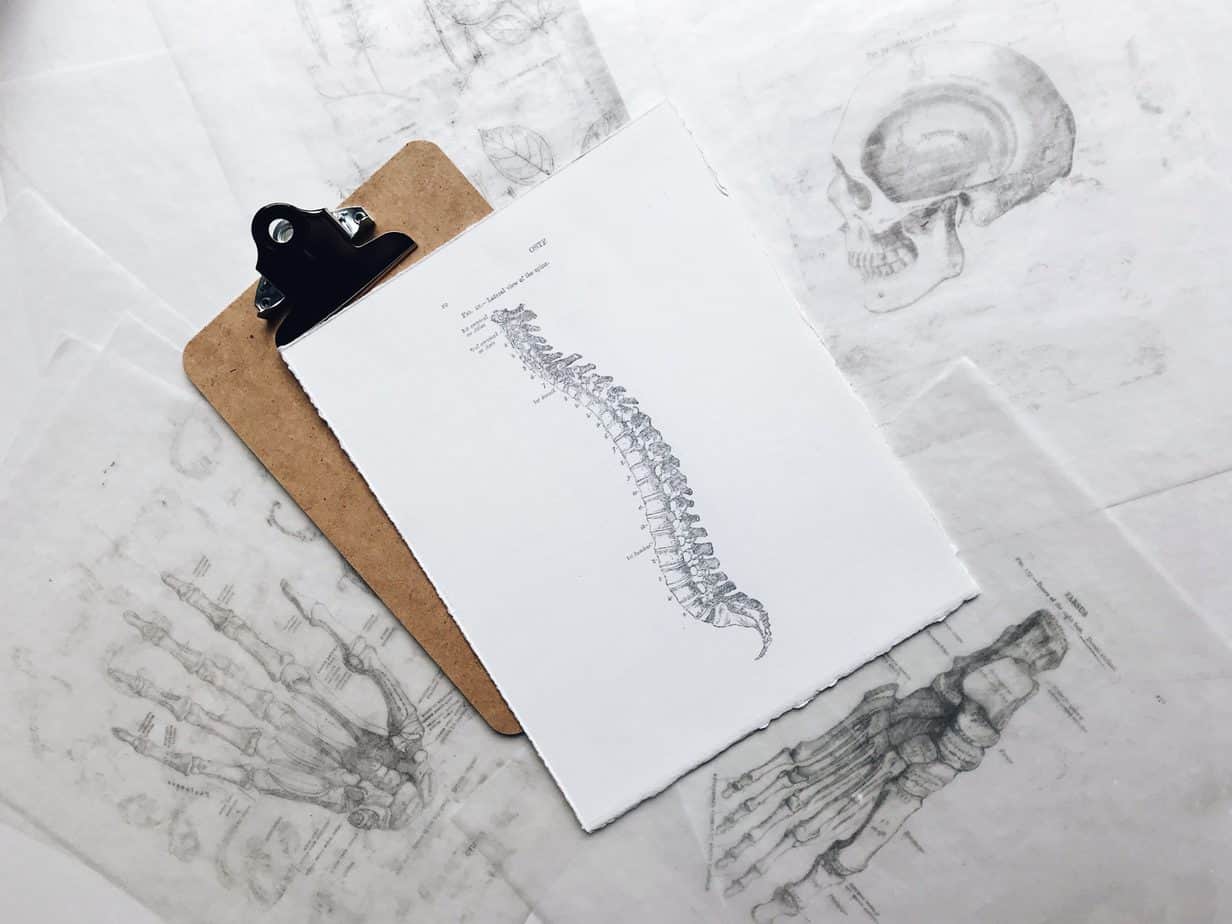Diastasis Recti (Part 1)

July was International Diastasis Recti Awareness Month. Diastasis recti abdominis is an extremely common condition for women who are pregnant or postpartum and may even be considered normal for some. A knowledgeable approach to managing this prevalent condition can alleviate fear and improve function.
What is Diastasis Recti?
Diastasis recti abdominis (DRA) refers to the separation of the abdominal muscles. This separation occurs at the linea alba, which is a specialized type of connective tissue that functions to anchor the two halves of the abdominis muscles, known as the “six-pack” muscles. The connective tissue spreads apart, leaving a gap down the middle with a reduced capacity for tension.
DRA is not limited to women and can affect anyone, including newborn babies and men. It can also result from lifting heavy weights incorrectly or performing excessive or unsafe abdominal exercises. It can even develop years after postpartum.
Some Separation is Normal
The separation of the abdominal wall connective tissue is a normal and natural physiological process during pregnancy. In fact, 60-100% of women experience normal muscle separation by the end of pregnancy. Hormones produced during pregnancy slacken the connective tissue so the belly can expand to make room for the growing baby.
DRA is Common in Postpartum
For some women, the gap between muscles will lessen as the connective tissue stiffens during postpartum recovery. However this does not happen automatically for all new mothers, with one study reporting up to 30% of women reporting DRA at 12 months postpartum.
Mummy Tummy
When the connective tissue becomes too stretched and is unable to generate tension, DRA occurs. The two sides of the abdominus muscles dome or bulge outward when the linea alba is unable to pull the halves together in a straight line. You may recognize this as “mummy tummy” or “the pooch” as it is sometimes referred to by postpartum women.
The Gap
Aside from the ascetic concerns of abdominal separation, DRA can be associated with worrisome symptoms and can increase the likelihood of developing functional impairments:
- Low back pain
- Pelvic girdle pain
- Pelvic organ prolapse
- Urinary incontinence
- Constipation
Each body is different, so the degree of separation an individual experiences varies greatly from person to person. The width of the gap should not be the sole indicator of dysfunction. DRA separation, sometimes recorded as inter-rectus distance (IRD), can be measured a variety of ways:
- CT scan
- MRI
- Ultrasound
- Calipers
- Finger width

Most commonly, DRA is measured by finger width distance, and this can be accomplished through a self-assessment or by a clinician. Ultrasound may provide more specific and reliable measurements when compared to finger width assessment, and is a safe and cost-effective option for women during pregnancy.
While there is no gold standard for determining dysfunctional separation, it is generally recommended that anything greater than a two finger width separation be evaluated by a women’s health physical therapist or physician. Any amount of separation accompanied with pain or functional impairment like incontinence should also be evaluated immediately.
We Can Help!
Body Harmony Physical Therapy offers one-on-one treatment sessions and provides individualized treatment programs for each patient.
This blog was created for informational purposes only and is not intended to be a substitute for professional medical advice, diagnosis, or treatment. Always seek the advice of your physician or other qualified health provider with any questions you may have regarding a health condition or before beginning a new exercise routine.
Written By: Victoria Garrett, PT, DPT
Resources:
- Mota, Patricia & Pascoal, Augusto & Bø, Kari. (2015). Diastasis Recti Abdominis in Pregnancy and Postpartum Period. Risk Factors, Functional Implications and Resolution. Current Women’s Health Reviews. 11. 10.2174/157340481101150914201735.
- 2. Sperstad JB, Tennfjord MK, Hilde G, Ellström-Engh M, Bø K. Diastasis recti abdominis during pregnancy and 12 months after childbirth: prevalence, risk factors and report of lumbopelvic pain. Br J Sports Med. 2016;50(17):1092-1096. doi:10.1136/bjsports-2016-096065
- 3. https://www.healthline.com/health/diastasis-recti#complications







